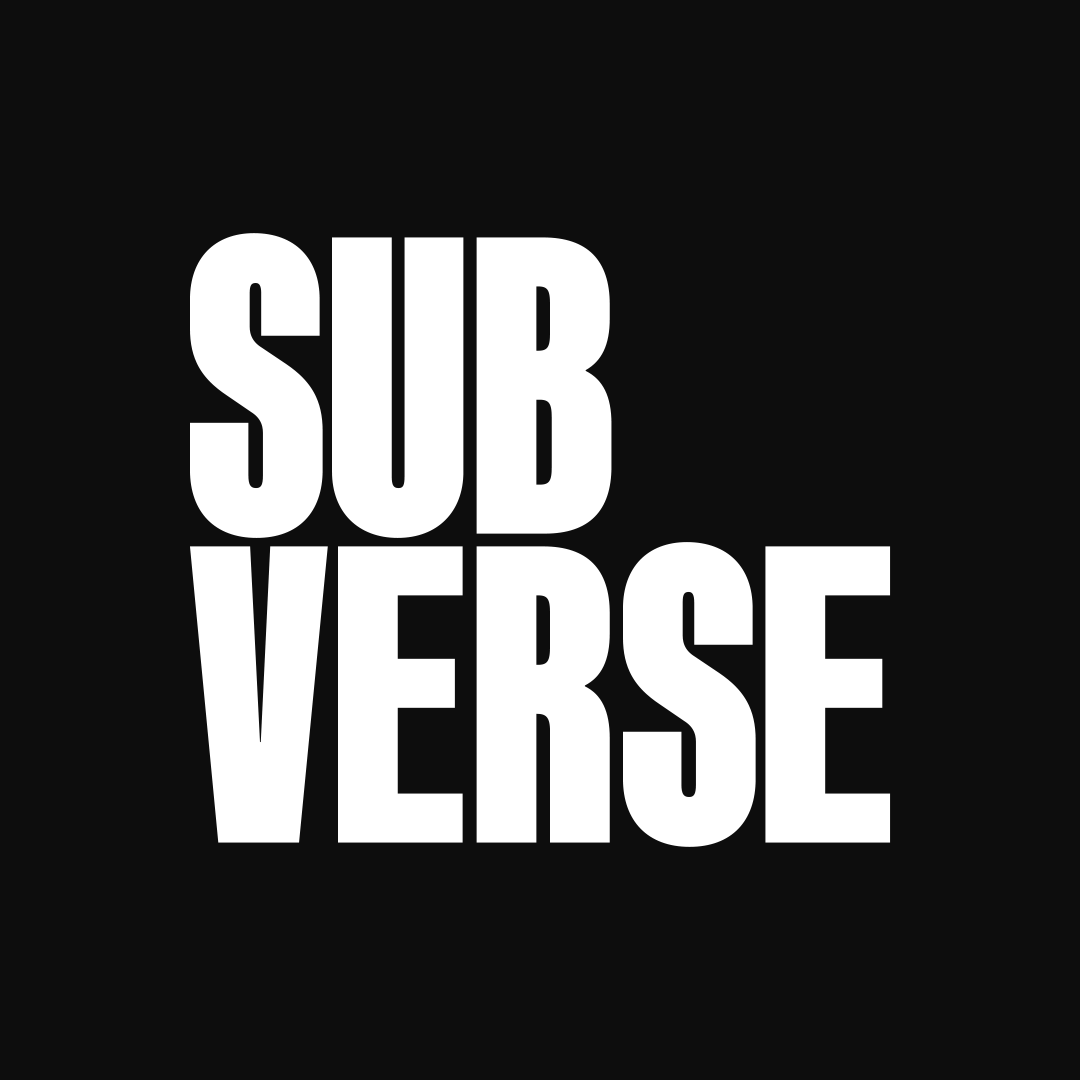Module 1: Components of Systems – Lesson 2
This lesson is just one part in our series on Systems Thinking. Each lesson reads on its own, but builds on earlier lessons. An index of all previous lessons can be found at the bottom of this page.
One of the most important distinctions in systems thinking is between open and closed systems. At its core, this classification asks a deceptively simple question: does the system exchange matter, energy, or information with its environment? If the answer is yes, it is an open system. If the answer is no, it is a closed system. This framing is not just semantic; it fundamentally alters how we interpret behavior, identify influences, and design interventions.
Open Systems
Open systems are porous by design. They draw in resources, energy, or information, and release outputs back into their surroundings. The exchanges across their boundaries make them adaptive, responsive, and in constant dialogue with the environment.
- The Human Body: We inhale oxygen, consume food, absorb information through our senses, and in turn release waste, heat, and communication. Our health and survival hinge on ongoing exchange with the environment.
- A Company: Businesses rely on labor, raw materials, capital, and data flowing in, and they produce goods, services, profits, and waste that flow out. Market conditions, cultural expectations, and regulations continually shape the company’s behavior.
Brand in the Marketplace (deep dive):
A brand is, by nature, an open system. It is constantly molded by cultural shifts, consumer perceptions, competitor activity, and even fleeting online moments like memes or viral trends. Inputs arrive as feedback, engagement data, and signals from society at large. Outputs manifest as campaigns, content, products, and—most importantly—the reputation the brand earns. To treat a brand as if it were closed, fully controllable, is to misread reality. Brand health depends on recognizing and managing the constant flow across its boundary: listening to customers, adapting to culture, and shaping outputs in ways that resonate.
Closed Systems
Closed systems, by contrast, are imagined as self-contained. Nothing crosses their boundary; no input enters, no output escapes. While absolute closure rarely exists outside of thought experiments, the idea is invaluable for analysis because it gives us a way to bracket complexity and observe internal dynamics without external noise.
- A Thermos of Coffee: Engineered to minimize energy exchange, it keeps heat trapped inside. It is not perfectly sealed, but it approximates a closed system well enough to be useful.
- Board Game Rules: Once established, the rules define a closed universe of play. No outside factor influences the system unless players deliberately break or change the rules.
A/B Testing (deep dive):
In marketing, an A/B test is a deliberately closed system. By holding all conditions constant except one variable—a headline, an image, a button color—the test isolates cause and effect. Inputs and outputs are tightly constrained, shielding the system from external disturbances. This is what makes the exercise powerful: it carves out a closed moment within the open landscape of the market, allowing us to see precisely how one change influences behavior.
Recognizing whether a system is open or closed is not an abstract exercise but a practical skill. Open systems demand attention to inputs, outputs, and the environment that surrounds them. Closed systems offer a way to stabilize, test, or clarify cause and effect by bracketing out external forces. In branding and marketing especially, this distinction matters: your brand lives as an open system in constant exchange with the marketplace, but within it you will often create closed subsystems, such as A/B tests or style guides, to impose clarity and control. The art of systems thinking is knowing which you are working with—and when to shift between them.
Course Index
- Module 0: Introduction to Systems Thinking
- Module 1: Components of Systems
- Lesson 1.1 — Elements, interconnections, and purpose
- Lesson 1.2 — Open vs. closed systems

